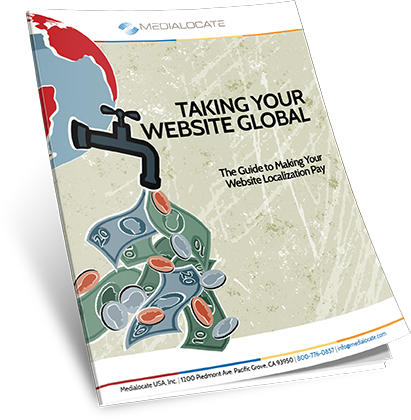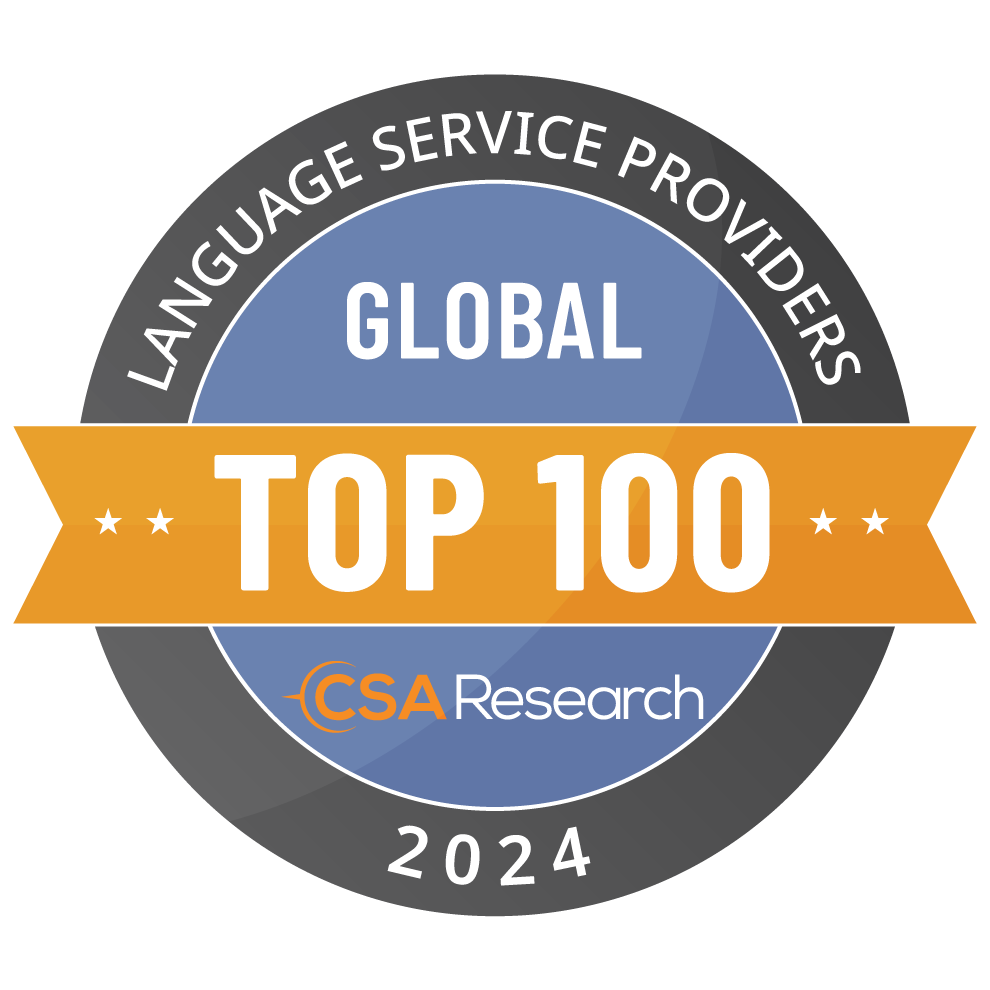
So, you’ve decided to launch your global marketing. You’re planning to expand into new non-English speaking markets, and “globalize” your organization’s marketing, advertising, website and sales messaging.
You’ve done your initial homework on global marketing, you’ve seen a lot of terms tossed about, and you’ve read about examples where even a globally accepted idiomatic concept like “kill two birds with one stone”, when translated, morphs into many different regional expressions:
- Kill two birds with one stone (United States)
- Catch two pigeons with one bean (Italy)
- Kill two flies with one swat (Germany)
- Get two pieces with one cut (Burma)
- Shoot two hawks with one shot (China)
- Make two hits with one stone (France)
- Kill two turtledoves with one shot (Greece)
- To get both with one hand (Japan)
- Catch a pheasant and its eggs, too (Korea)
- Kill two rabbits with one blow of the stick (Portugal)
- Kill two birds with one shot (Spain)
Your first question regarding global marketing could simply be: “Just what are the pros and cons of Translation vs. Localization vs. Transcreation?”
To help you decide what is best for your organization’s global marketing campaigns, let’s examine each of these similar sounding terms one at a time:
Translation
Translation is about “the ability to understand someone else’s language”.
Translation is the literal interpretation of content from a source language into a target language, strictly adhering to the content, style, grammar, and syntax of the source, yet without any linguistic deviation from that source or any cultural adaptation of the target content.
Advantages of Translation:
– It can be fast and straight forward if the right language service provider is doing the translating
– Investments in Translation Memory (TM) will yield strong returns
– Smallest investment in time and money
Possible Disadvantages:
– May come across as a stiff or awkward rendition of the source.
– The reader will know that the content he/she is reading was likely not created in his/her country.
– The original corporate message/campaign may come across poorly or not at all
– Your branding may suffer
Localization
Localization is about “adapting one language to another”.
Localization includes translation, but it does take into account a number of constraints, including context, the rules of grammar of the two languages, their writing conventions, their idioms, cultural appropriateness and the like. However, localization does remain somewhat constrained by the effectiveness/quality of the content your provide the service provider.
Advantages of Localization:
– A good compromise between literal translation and complete copywriting of source text (provided the source content is of good quality)
– Investments in Translation Memory (TM) will yield strong returns
– A smaller investment in time/money compared to Copywriting/Transcreation
– Your original corporate message/campaign will be mirror-imaged and retained, leading to greater consistency in global Branding
Possible Disadvantages:
– Highly persuasive marketing content may come across as “over-the-top” or “fluffed” in the target language (e.g., the US audience is exposed to may superlatives, while other countries may value a more subdued approach)
Transcreation/Copywriting
Transcreation/Copywriting is about “the ability to write in your own language”
Transcreation/Copywriting consists of a “free” interpretation of the core message of the source text, while taking extensive linguistic liberties in style, word choice/order, syntax, etc. without necessarily mirror-imaging the source content. The extent of such linguistic liberties can range from a simple change in word/sentence order up to a complete rewrite of the source
Advantages of Transcreation/Copywriting:
– The most attractive way to convey a message/content to a foreign audience
– Though global Branding may be inconsistent, local Branding will be more effective
Possible Disadvantages:
– Most expensive and time-consuming, as it requires a different process (multiple rounds of reviews/edits) and personal style preference implementation
– Requires creative talent which is in shorter supply and at higher rates (creative resources, such as in-country marcom writers)
– Can result in extensive creative feedback loops
– Linguistic liberties are infinitely difficult to define and, like art, may have its strong critics despite the greater time/money investment
– Your original corporate message/campaign may be modified or completely changed
– Investments in Translation Memory (TM) will yield little if any returns
Now that you understand the basic differences between translation, localization and transcreation, what do the experts recommend?
Medialocate’s Recommendation
For most global branding, Medialocate recommends Localization as having the best balance between effectiveness and cost-efficiency.
Through a combination of clearly defined guidelines on linguistic liberty options, and training for your original source content creators on how to effectively develop source texts for a global audience, Localization is likely to yield the greatest investment-to-return ratio for you and your organization.
Photo courtesy of Rusty Clark/Flickr
Have more questions? With nearly 25 years of experience, our Medialocate team is here to help.
Contact Medialocate at 831-655-7500 or
Email: [email protected]
Click Here for Your Free Report: “Web Localization – Taking Your Website Global”
Learn the fast, efficient, and most effective way to translate your website
and online content into additional languages.














Sometimes a translation will not make sense due to cultural implications (among other reasons). Therefore, transcreation sound betters, makes more sense, and overall is just more professional. After all, translation itself is conveying the same meaning from one language into another. Simply translating words only works with technical texts or those with a very strict glossary. However, most other times it is very important to make the target text NOT sound like a translation but rather something was originally written in that language. If transcreation is what it takes to achieve this, then we just call it top-notch translation.